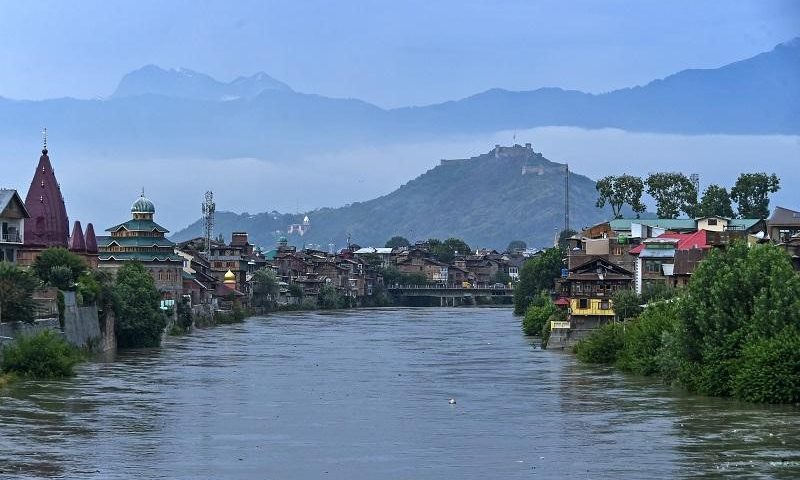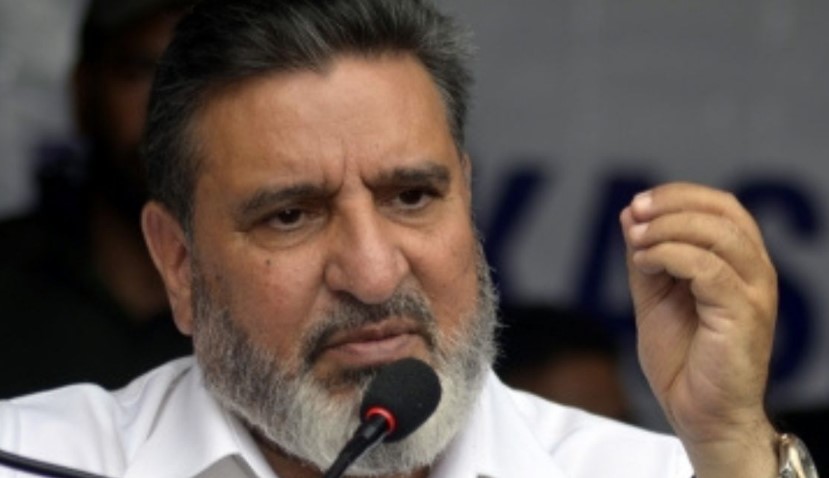Kashmir is currently grappling with a significant electricity crisis as it faces persistent load shedding, resulting from a substantial gap between the demand and supply of electricity, amounting to a staggering 300 Megawatts (MW).
Officials of Kashmir Power Development Corporation Limited (KPDCL) have cited two primary factors exacerbating this situation: a drought-like situation in Jammu and Kashmir leading to reduced water discharges in River Jhelum and River Chenab, affecting hydropower generation, and decreased purchases of power from outside power generation companies (Gencos) by the government.
According to a senior KPDCL official, “Currently, our demand for electricity stands at approximately 1300 MWs while we are only able to supply around 1000 MW. This glaring deficit of 300 MW in the demand and supply of electricity in Kashmir has left us with no choice but to implement power cuts across Kashmir.”
He said the Jhelum and the Chenab rivers are crucial for hydropower projects in the region, and the decreased water flow had led to a reduction in electricity generation from these sources.
“As we approach the winter season, the deficit is expected to worsen, and we will need to increase our power purchases to meet the rising electricity demand,” the senior official said. “During the last winter season, the peak demand for electricity in Kashmir surged to a staggering 1800 MW, indicating the pressing need for a more robust and sustainable solution to our power woes.”
Most of the areas experience 10-14 hours power cuts on a daily basis, which has made survival very tough for the residents of the region.
The residents of Kashmir are expressing their frustration and dissatisfaction with the frequent power cuts in the region.
“Ironically, despite the installation of smart meters, the power situation in Kashmir has deteriorated this year. We experienced power cuts even during the summer months, and as winter approaches, if the situation doesn’t improve, we can anticipate prolonged load shedding, which undermines the administration’s claims,” said Suhaib Ahmad of Srinagar.
KPDCL Chief Engineer, Javaid Yousuf Dar told the media that there has been a rise in power outages in Kashmir due to reduced electricity generation caused by lower water levels in the region’s rivers, primarily due to insufficient rainfall.
“The electricity demand has gone up as people use more electronic devices in response to colder weather. To address this, we are working on sourcing power from external regions, and expect an improvement in the power supply within the next two days,” he said.
According to officials, there is an annual discrepancy of approximately Rs 3400 crore between the cost of power procurement and the revenue collected from the consumers.
Furthermore, J&K’s Aggregate Technical and Commercial (AT&C) power losses, the highest among all states and Union Territories (UTs) in India, continue to exceed 50 percent, leading to a significant drain on the state’s finances.
The J&K Power Department’s AT&C losses are among the highest in the country, currently standing at around 50 percent, compared to the national average of 19.73 percent.
This substantial loss margin between power purchase costs and revenue collection is primarily attributed to technical losses, including transformation losses at various stages and elevated losses on distribution lines due to inherent resistance and poor power factors within the electrical network, as explained in an official statement by the J&K government.
Based on the data obtained, the power procurement expenses from external power distribution companies (discoms) have reached Rs 55,254 crore over the past decade (from 2012-13 to 2021-22).





